Ergothioneine - amino acid for life extension.
-
Very solid results on the life extension front here.
Ergothioneine seems like an interesting amino acid, working as an anti-oxdidant mostly, but has many other MoAs as well.
21% increase in average life span is pretty decent and comparable to aspirin or deprenyl/selegiline.
It also supresses several age related marker and issues, so it not only increases life- but also healthspan.

-
"ET is found in most, if not all, tissues of laboratory rats and mice despite there only being trace levels of ET in their diet [4,15], indicating efficient uptake and retention of this nutrient. "
"...lower blood levels of ET have been associated with incidence of several disorders including Parkinson disease (PD) [19], mild cognitive impairment (MCI) [20], Crohn's disease (CD) [21] and frailty [22], while correspondingly higher levels of blood ET are correlated with lower risk of cardiometabolic disorders and associated mortality [23] and lower prevalence of peripheral neuropathy [24]. "
"A study of healthy males in Saudi Arabia found that blood levels of ET increase from infanthood to teenage years, peaking at early adulthood, again suggesting the possible importance of ET for human development [59]."
-
This study is very interesting, because not only does it show that Ergothioneine removes the detrimental effects on reproductive health, caused by a cancer drug, but it also shows that it increases sperm health for healthy individuals as well (compare control vs L-erg group)
The effect on motility, abnormal morphology and dead cells is quite strong.

This table probably holds the key to its life enhancing capabilities: it almost trippled the catalase levels and almost halfed the MDA level (PUFA metabolite, which is very inflammatory).
The increase in catalase has been shown in another study to have remarkabe life extension effects (https://pubmed.ncbi.nlm.nih.gov/15879174/)

ERG was able to increase the Testosterone levels of the healthy control group by about 40%
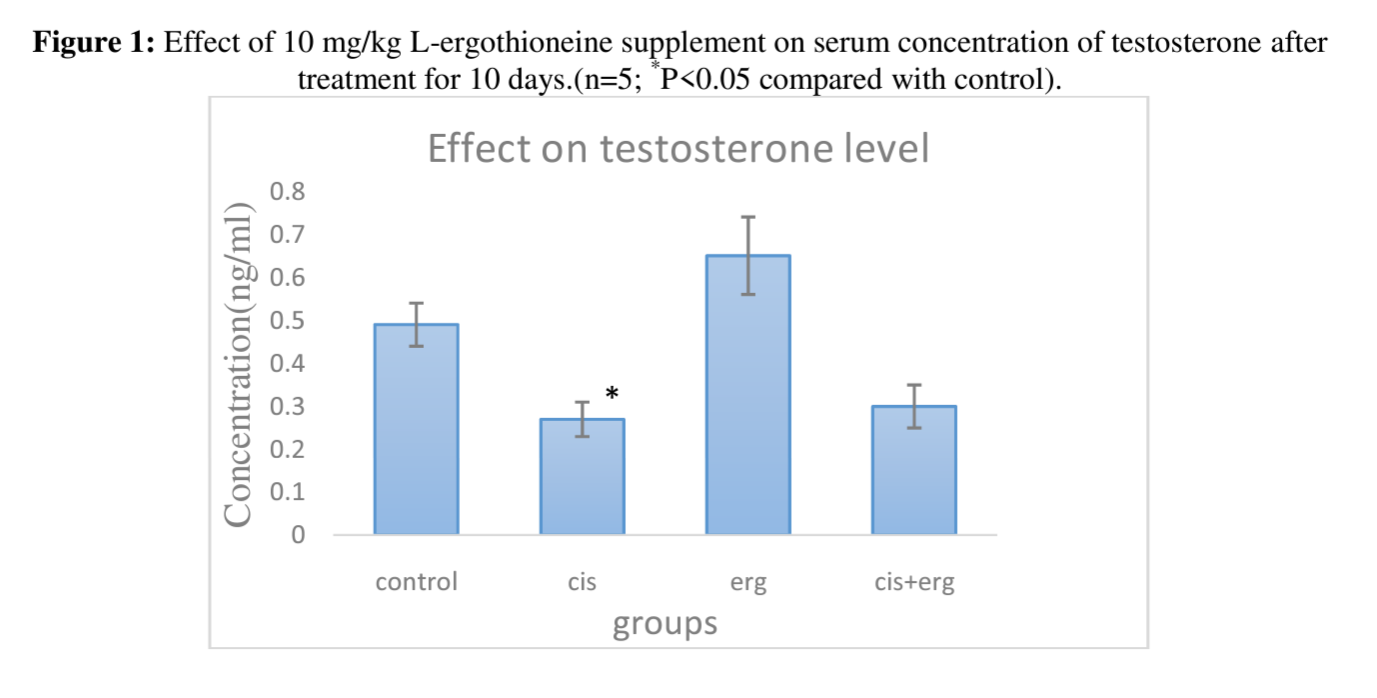
-
ERG protects PUFAs from beeing oxidized and helps to maintain Vitamin E levels.
"Oral administration of 70 mg l-Ergo/kg body weight of rats for 7 days prior to the injection of ferric-nitrilotriacetate protected the fatty acids against oxidation, with notable protections directed to: 20:5 (eicosapentaenoic acid) (23%), 22:6 (docosahexaenoinic acid) (30%), 20:3 n6 (eicosatrienoic acid) (22%), 20:4 (arachidonic acid) (25%), 18:2 linoleic acid (25%) and 18:1 oleic acid (14%) in the kidney. The protection of 20:5, 20:3 n6 and 18:1 in the liver by 32%, 20% and 11%, respectively, were statistically significant. l-Ergothioneine significantly reduced kidney and liver levels of conjugated dienes and conserved the concentrations of α-tocopherol and glutathione in the kidney and liver in the ferric-nitrilotriacetate/l-ergothioneine treated rats."
-
very nice, thanks. love to see it when studies include solo groups vs normal controls, that catalase increase is wild
stimulates mitochondria respiration & more in diet boosts exercise performance
https://www.biorxiv.org/content/10.1101/2024.04.10.588849v1.fullHumans and mice obtain EGT exclusively from their diet. Despite only trace levels of EGT in standard mouse diets (5.6 ng/mg), rodents can show high basal level of EGT in their tissues (mouse liver 80.7 ng/mg), indicating efficient EGT uptake
(builds up over time, glutathione helps recycle it)
,the half life on this thing lol wtf "It is not metabolized to any notable extent in mammalian tissues, the half-life of dietary ET being approximately 1 month" , very curious compound
Its cycling between oxidized and reduced sulfur takes place non-enzymatically and is facilitated by the intrinsically tautomeric structure of the molecule. These properties suggest a role for ET as a bulwark, a final defense for cells against oxidative damage. Its stability may help mitochondria cope with otherwise overwhelming stresses encountered even during relatively physiologic metabolism.
Endogenous levels of ET vary, attaining millimolar concentrations in tissues that are typically exposed to marked oxidative stress such as blood cells, the lens of the eye, liver and bone marrow. In the bovine lens, ET concentrations, about 7 mM, 10 exceed those of glutathione, generally regarded as the most abundant endogenous antioxidant. In the bovine cornea, ET concentrations are 14-fold higher than those of glutathione, suggesting that it is the principal antioxidant in this tissue.
When acting as an antioxidant, its SH group is oxidized but very rapidly reduced because of the unique tautomeric structure of the molecule. By contrast, glutathione is often almost totally depleted in the face of oxidative stress.
following administration of radiolabeled ET to rats, mitochondrial accumulation was higher than in any other particulate subcellular compartment.
ET might be uniquely involved in the protection of mitochondrial DNA from the superoxide generated in the course of the electron transport cycle.
Because of its highly charged nature, ET does not readily diffuse out of cells. In our own experiments a variety of cell lines labeled with [3H]ET retain most of the radiolabel for many hours even after repeated washing with fresh media
In summary, ET is a most unusual amino acid with substantial antioxidant efficacy. The existence of a physiologic ET transporter is responsible for high tissue levels.
For all these reasons ET appears to be an important physiologic cytoprotectant which probably merits designation as a vitamin.theres a small amount of supplements
but have microcrystalline cellulose. eh might outweigh but pretty sure that fucks with the gutmicrocrystalline cellulose should be fine for the gut actually, silicon dioxide is the concerning 1Aside from mushrooms main dietary source looks to be chicken liver. nothing major but builds over time.
and apparently spirulina is high in it up to 0.8 mg per g dry weight https://www.sciencedirect.com/science/article/abs/pii/S0308814611009344 and raised catalase here (but dose is water extract) https://pubmed.ncbi.nlm.nih.gov/21697639/ and in humans 500mg x 4 raised catalase into 30 and 60d https://www.ncbi.nlm.nih.gov/pmc/articles/PMC4320919/table/tab5/?report=objectonly
high in vit K , medium-high in iron, random sampling apparently low enough in heavy metals at reasonable doses , ~5g maybe up to 5mg per g of chlorophyll also,... but high in beta carotene (~1mg per g) , 3300iu in 1mg retinol. conversion all over the place but say 4:1 equivalent, would be 800iu vit a per g of spirulina which is pushing it with grams considering the extra from diet
The vitamin A equivalency ratio for β-carotene to vitamin A is currently estimated as 12:1, by weight (12 μg β-carotene is equal to 1 μg retinol), for plant sources of β-carotene in a mixed diet. The ratio is based on ∼17% absorption of β-carotene from a mixed diet (6 μg plant β-carotene = 1 μg pure β-carotene) and a conversion ratio to vitamin A of 2:1 (2 μg β-carotene = 1 μg retinol)
that estimates ~12:1 average though for plant sources which would be a lot better, 200iu vit a per gram. 5g 1000iu and maybe gets you 3mg ergothioneine daily building up over time
https://www.ncbi.nlm.nih.gov/pmc/articles/PMC10535605/ active at 0.1mg/kg orally so <1mg heq , potent
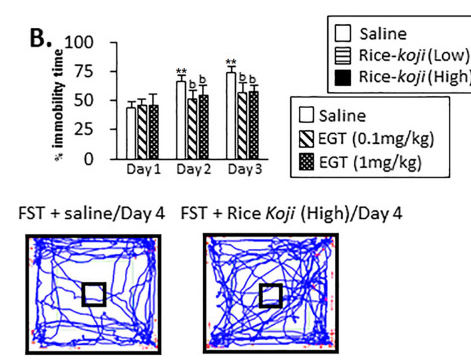
-
@cs3000 said in Ergothioneine - amino acid for life extension.:
very nice, thanks. love to see it when studies include solo groups vs normal controls, that catalase increase is wild
Yes, me too. Also interesting that Ive never come across this amino acid, ever. No mention of it on the RPF as well. Yet it has been known for at least a century.
Absolutely, and the overexpression of CAT to mitochondria also resulted in an increase in life span of about 20% IIRC, so that might be the most important factor here.@cs3000 said in Ergothioneine - amino acid for life extension.:
(builds up over time, glutathione helps recycle it)
Yes, that is noteworthy that the body likes to retain it as much as possible. Almost as if it would store it for when times are bad. Which is why some scientists call it a "stress vitamin" because it is needed in times of stress otherwise not so much. Hence why knockout animals only experience issues when they are stressed.
@cs3000 said in Ergothioneine - amino acid for life extension.:
the half life on this thing lol wtf "It is not metabolized to any notable extent in mammalian tissues, the half-life of dietary ET being approximately 1 month" , very curious compound
Wow, although yesterday I read that while there is only 4% excretion , they found two likely metabolites. But not sure anymore where I read that.
@cs3000 said in Ergothioneine - amino acid for life extension.:
Its cycling between oxidized and reduced
That's exactly what methylene blue is doing as well.
I would just go for the supplement ,otherwise you'd have to eat a ton of mushrooms everyday. And I dont think I had any major issues with cellulose. And for trying it out ,it should be ok.I can only find the life extension supplement .
-
@cs3000 said in Ergothioneine - amino acid for life extension.:
https://www.biorxiv.org/content/10.1101/2024.04.10.588849v1.full
And that was after 2 weeks only.
"On average control diet-fed mice ran 0.73 km per hour during the dark phase of an entire week, while EGT diet-fed mice ran 0.87 km per hour, reflecting a ∼19% increase in exercise performance during their active phase (Fig. 4B). Moreover, at peak activity EGT diet-fed mice were able to run ∼28% faster (Average 24.8 m per min) than control diet-fed mice (Average 19.4 m per min) (Fig. 4C, Fig. S4B)."
-
Interesting that bacteria can break down AND synthesize ergothioneine, depending on the type of baceria.
"Herein we describe two enzymes from actinobacteria that cooperate in the specific oxidative degradation of ergothioneine. The first enzyme is an iron-dependent thiol dioxygenase that produces ergothioneine sulfinic acid. A crystal structure of ergothioneine dioxygenase from Thermocatellispora tengchongensis reveals many similarities with cysteine dioxygenases, suggesting that the two enzymes share a common mechanism. The second enzyme is a metal-dependent ergothioneine sulfinic acid desulfinase that produces Nα-trimethylhistidine and SO2 . The discovery that certain actinobacteria contain the enzymatic machinery for O2 -dependent biosynthesis and O2 -dependent degradation of ergothioneine indicates that these organisms may actively manage their ergothioneine content."
-
"...hippocampal neurogenesis were lower in mice fed an ERGO-free diet than in those fed the control diet. Furthermore, ERGO supplementation to achieve the control diet ERGO levels reversed these effects and restored ERGO concentrations in the plasma and hippocampus."
-
ERGO can protect against social defeat.
"...ergothioneine prior to and during the SDS (social defeat stress) paradigm had a preventative effect on SDS-induced depressive behaviors, such as social avoidance and depression-like sleep abnormalities, particularly those of rapid eye movement sleep."
Not only that, I already mentioned that some gut bacteria can synthesize ergothioneine. One of them is L. Reuteri. It can increase testosterone dramatically and is anti-inflammatory. Well, another benefit can be added to the list now! Hans made an interesting video on it.
-
I took my first tablet yesterday.
It increases muscle fullness and I am feeling more androgenic. I think it is good for liver health. Had some bile dumps and felt a sense of relief after.
I am currently adjusting my thyroid dosage and everbody who did that before knows that can be a pain in the ass and you might have to go through a few days of suboptimal thyroid function. Ergothioneine definitely helped with that and relieved the low mood and lethargy associated with hypothyroidism. It also made me more active during the day, but sleep was very refreshing.
Verbal fluency seems increased.
The only downside is hair loss is a bit increased. But not strongly.I can only encourage people to try it. Given its long half life it might be taken only 1 or twice a week since the body accumulates it similarly to the fat soluble vitamins.
-
Ergothioneine: A Stress Vitamin with Antiaging, Vascular, and Neuroprotective Roles?
-
@wrl said in Ergothioneine - amino acid for life extension.:
Ergothioneine: A Stress Vitamin with Antiaging, Vascular, and Neuroprotective Roles?
Good one.
It also seems to have cosmetic benefits .
"ET accumulates in skin cells and not only prevents oxidative damage but also facilitates DNA repair in UV-irradiated cells (80). For these reasons, ET has been included as an ingredient in several skin care products and cosmetics."
-
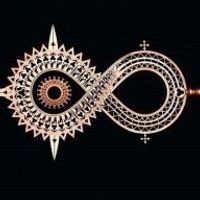 M Mauritio referenced this topic on
M Mauritio referenced this topic on
-
@Mauritio bud, you still taking this? If so, how’s it going? Which brand/product are you taking?
-
I've only tried it a few times. It felt pretty good, but unfortunately increased my hair loss.
-
@Mauritio oh no! Sorry to hear that bud! I guess you had no choice but to stop.
-
@Mauritio said in Ergothioneine - amino acid for life extension.:
I've only tried it a few times. It felt pretty good, but unfortunately increased my hair loss.
I wonder whether this could be related to the glutathione system. Perhaps that needs to step up accordingly. Would some 1:1 Glycin and NAC and some xx mg ascorbic acid do the trick?
If that hair loss for you really knocks through within only two days of taking ET it's an undesired but actually very convenient marker. -
I get mine from L-reuteri (see) and I have not had any negative side effects.
Store bought mushrooms are most likely grown in manure contaminated with waste from industrial processing of cattle and the like.
-
 L Luke referenced this topic on
L Luke referenced this topic on
-
nice ergothioneine overview
https://nutritionfacts.org/video/dietary-sources-of-the-longevity-vitamin-ergothioneine/**even eating 20g of white button mushroom daily gives a good amount with good effect (1mg), thats already bumped up a bit but for variation in amounts could go 30g, likely sorts ergothionine effects that japanese are getting with their great healthspans
-> 2 servings of mushrooms a week = 1/2 the odds of cognitive impairment

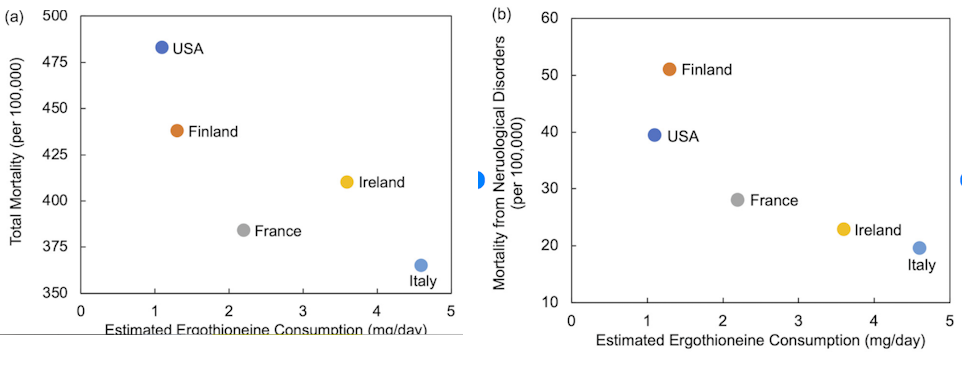
https://www.researchgate.net/publication/346870796_Is_ergothioneine_a_'longevity_vitamin'_limited_in_the_American_diet
(i think their estimates are off going by absolutes, when u look at the doses that have effects and the amounts in foods that arent mushrooms, but if their relative amounts are close its interesting) @lukeThe reason it says 1mg for USA is because its including the mushroom consumers, which are only 10% of the people surveyed, so skews the number upward. if they hit the 1mg i think they'd be closer to italy ireland france
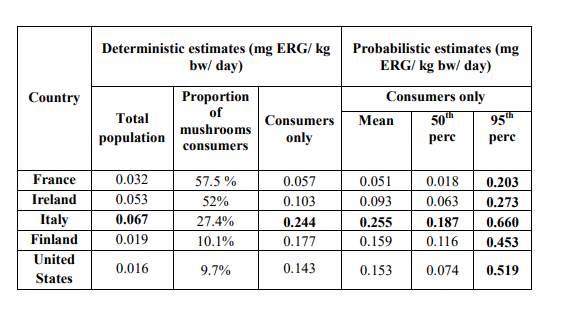
Doi: //doi.org/10.1080/10807039.2015.1104241also this
recent longitudinal unbiased metabolomic study conducted in Sweden involving over 3200 adult men and women consuming a health-conscious food pattern at baseline sought to identify blood metabolites that could predict a lower risk of cardiovascular disease(CVD) and overall mortality(17). Out of 112 metabolites measured at baseline, they found that plasma ERGO levels were the most strongly associated with decreased risk of CVD and reduced mortality after 21⋅4 years of follow-up
-
@cs3000 that's interesting. I might try ergo again, it start eating mushrooms again!
It's a no brainer if you look at the data...